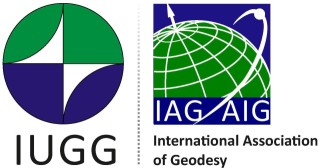Thanks to a long-established collaboration between the Department of Physics and Astronomy (DIFA) of the University of Bologna, Italy, and the Federal Agency for Cartography and Geodesy (BKG), Frankfurt, Germany, a superconducting gravimeter (SG) has been operating continuously at the Medicina station, near Bologna, since the end of October, 1996. Absolute gravity measurements were also performed twice a year in order to provide an independent validation of the relative records. Local crustal movements in the area have been monitored by means of two permanent GPS stations and a VLBI antenna. The reference points of the different instruments have been surveyed repeatedly with dedicated levelling campaigns in order to constrain possible differential vertical motions within the Medicina site. Finally, environmental parameters such as water table levels and temperature data have been acquired regularly. Recently, three soil moisture sensors were installed at different depths in close proximity to a rain gauge. Such auxiliary information is of crucial importance for separating the geometric and mass contributions in the continuous gravity time series, both at long and short time scales. This study has shown that the long-term behavior of the time series is mostly controlled by the natural land subsidence. In the southern Po plain, where Medicina is located, the rate of natural subsidence is large, up to 2 mm/year. However, non-linear long-period features, associated to soil water content and to the anthropogenic contribution to subsidence, are also clearly recognizable. At the annual time scale, a prominent seasonal cycle is observed in the gravity data. This signal is caused by variations of the hydrological loading both in terms of mass contribution and of local vertical displacements. At the base of the pillar on which the SG is installed, the height variation can exceed 2 cm for a water table lowering of 2 m.

 PDF version
PDF version
